The Streets of Ryogoku
We had been introduced to Ryogoku while visiting the Edo-Tokyo Museum, and were intrigued enough to return the very next day. The neighborhood’s dominant theme is sumo. Besides the National Sumo Stadium (the Ryogoku Kokugikan), the streets are littered with statues of famous Yokozunas (the highest rank a wrestler can achieve), complete with molds of their terrifying hand-prints.
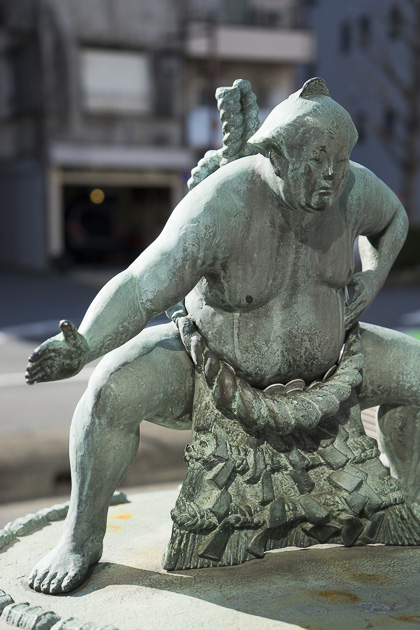
For lunch, we sat down at Chanko Tomoegata, a restaurant which was founded by a popular wrestler after his retirement. As the name suggests, the main dish here is chanko: a heavy stew eaten by sumo wrestlers looking to bulk up. Floating inside the thick broth are protein-heavy ingredients like tofu, fish balls, daikon radish, and chicken.
With our bellies bursting, we stomped over to the Eko-In Temple. Past the gates, a shrine was busy with people bearing incense and flowers. The photographs left by mourners clued us in that this is a place to remember lost pets. Statues of a dog and a cat guarded the entrance, and outside people had left offerings of bird seed and doggie treats.
Sad, but nearly as melancholy is the shrine across the path, which is dedicated to unborn children. Rows of Buddha figures lined up around the shrine were adorned with red bibs and bonnets, which would never be worn by the children for whom they were intended. After an obviously crestfallen couple entered, we beat a hasty retreat. Normal cemeteries, we can handle, but shrines to dead pets and unborn children are a serious mood-dampener.
In need of a distraction, we went inside a nearby fireworks museum. In July, Ryogoku becomes the scene of a popular fireworks festival. We’d be missing that, but just seeing the huge firecrackers in this free museum helped cheer us up.
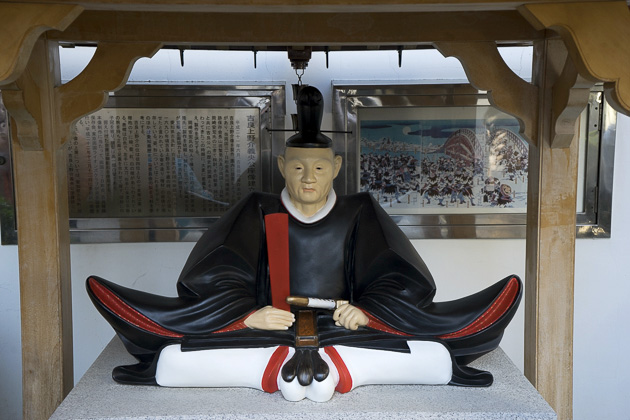
Also in Ryogoku, we found the former residence of Lord Kira. One of the more popular stories of Shogun-era Japan is that of the 47 Ronin and their quest for vengeance against the arrogant lord. Until now, I hadn’t been aware that this is a tale based on fact. Though the home is gone today, a small shrine memorializes the location where the villainous Kira was confronted and assassinated by the ronin. The fountain in which his decapitated head was subsequently washed has also been preserved.
Locations on our Map: Chanko Tomoegata | Eko-In Temple | Fireworks Museum | Lord Kira’s Residence
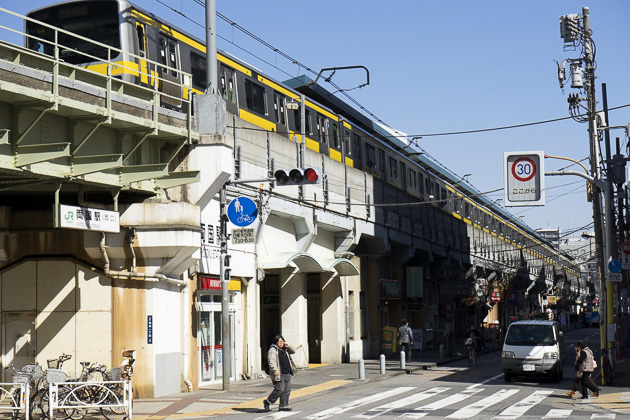
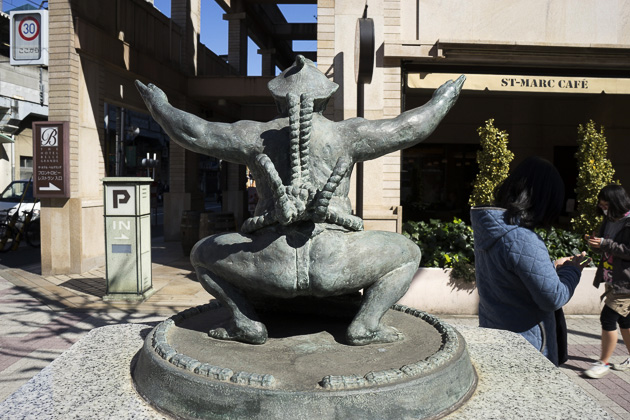
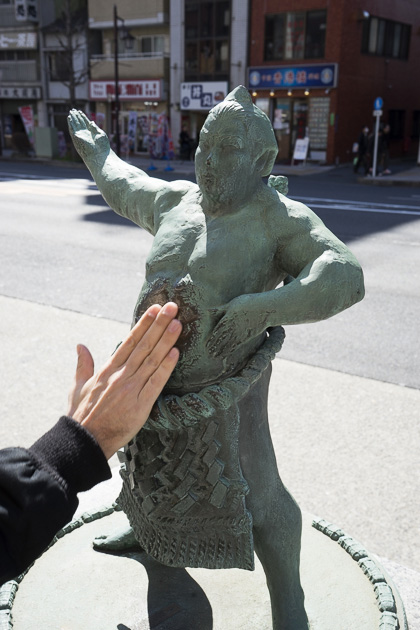
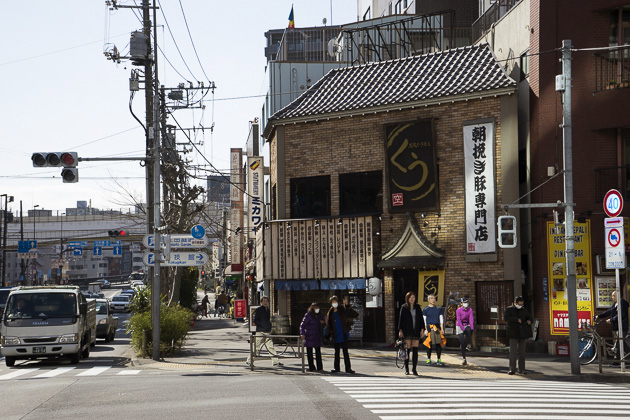

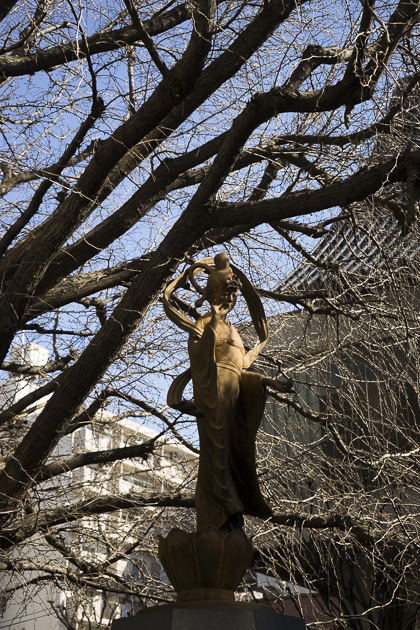
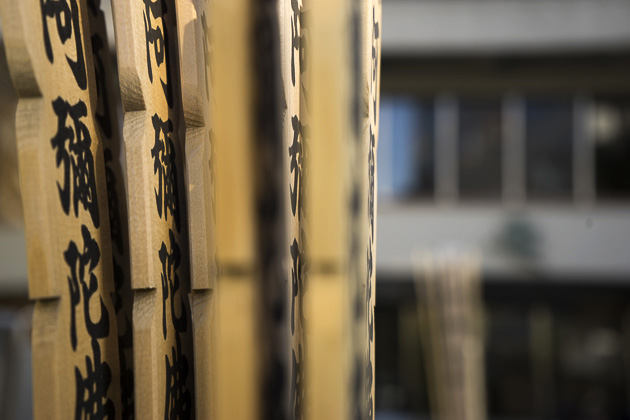
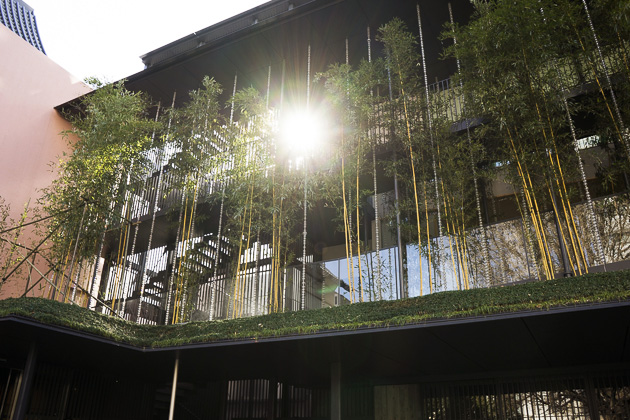
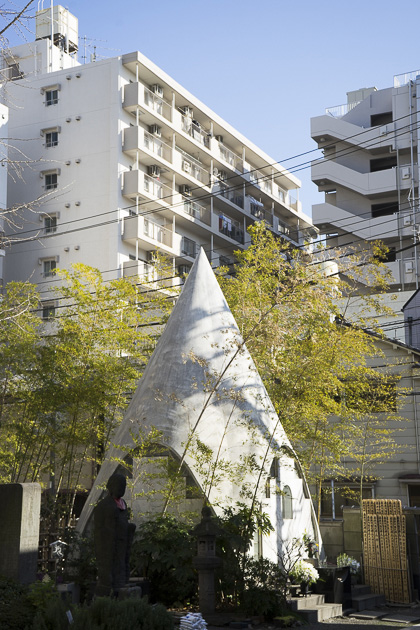
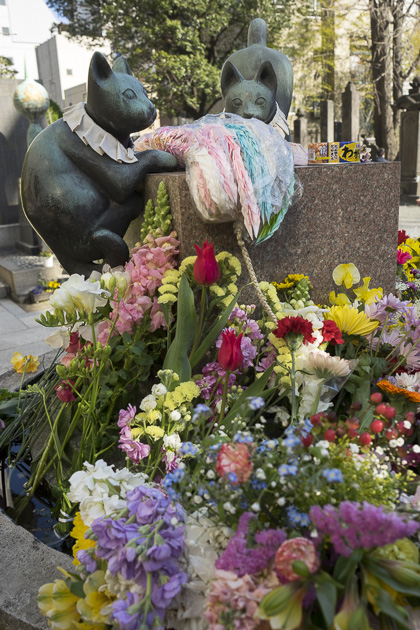
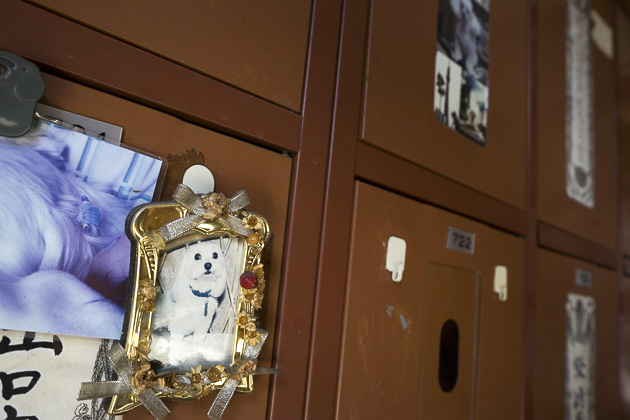
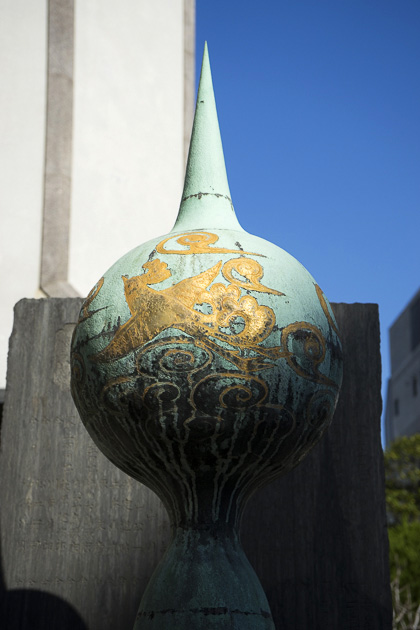
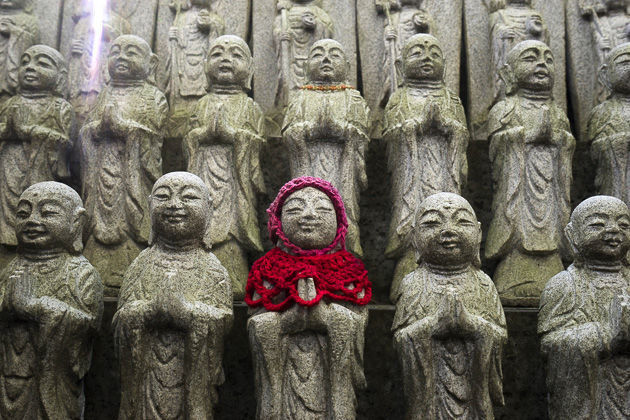
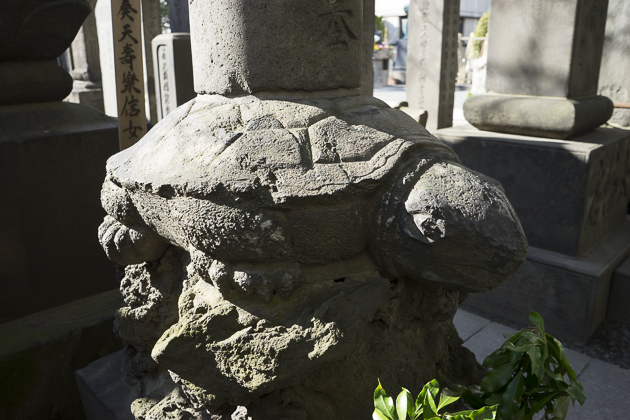
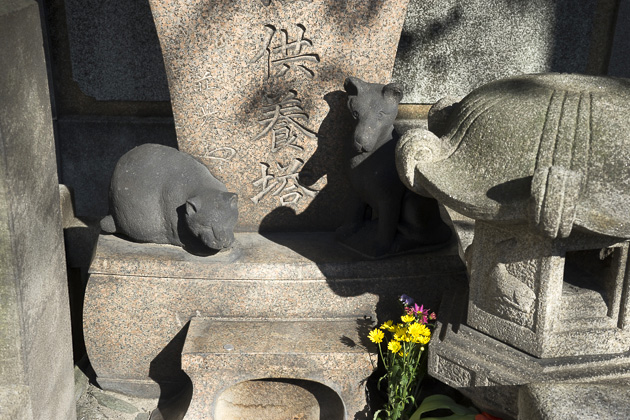
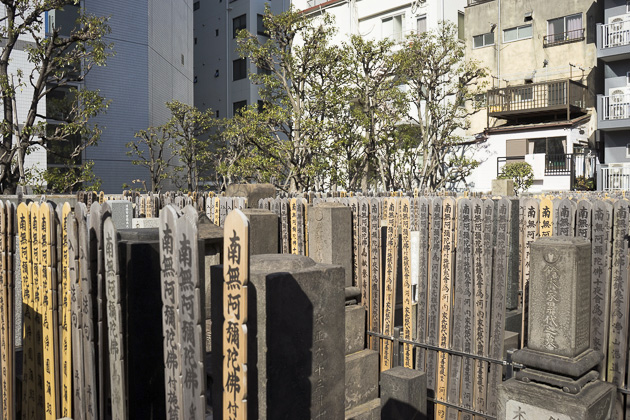
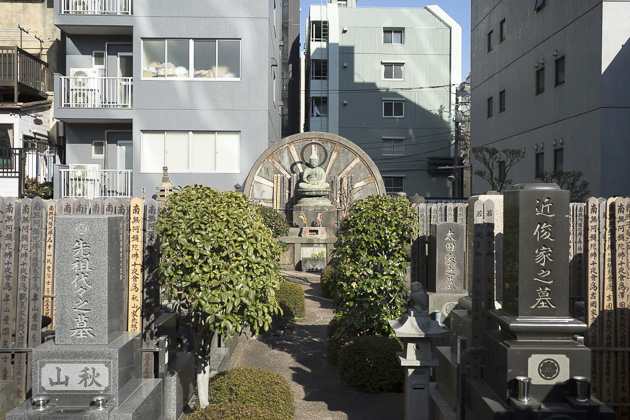
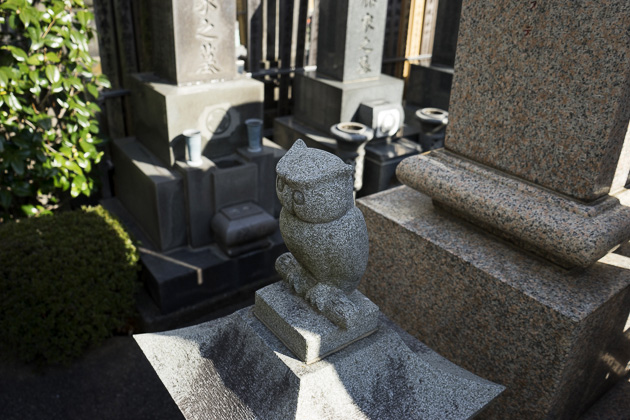
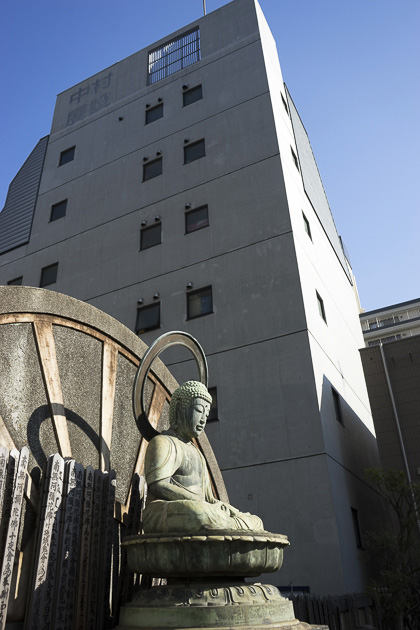

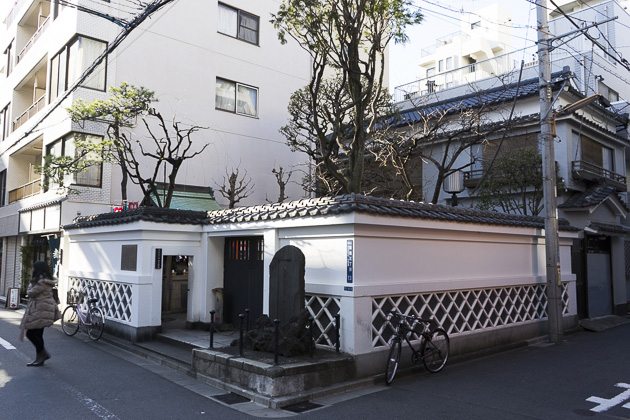
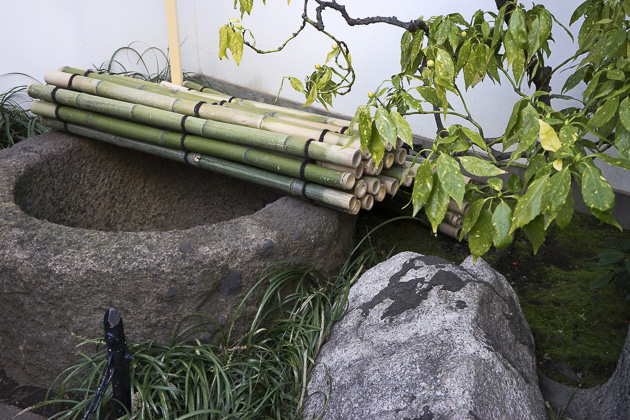

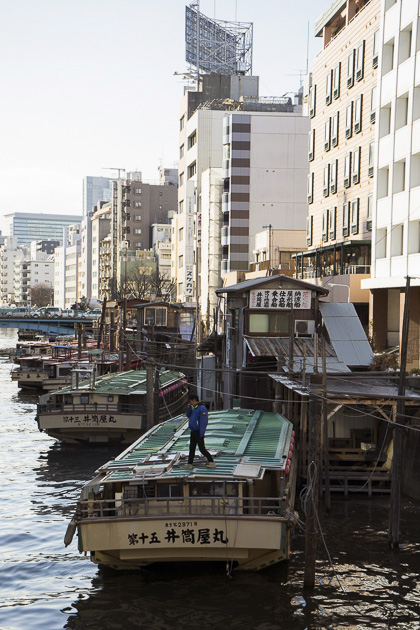

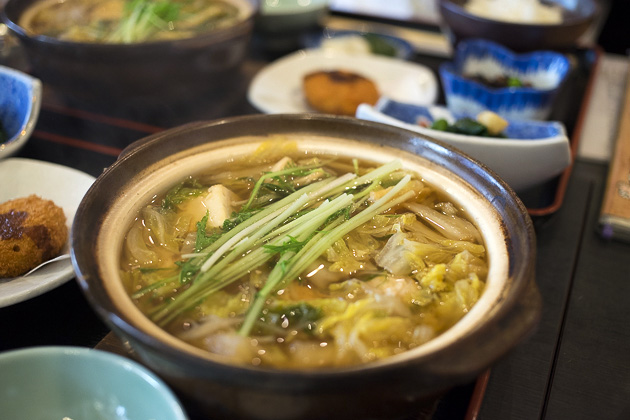
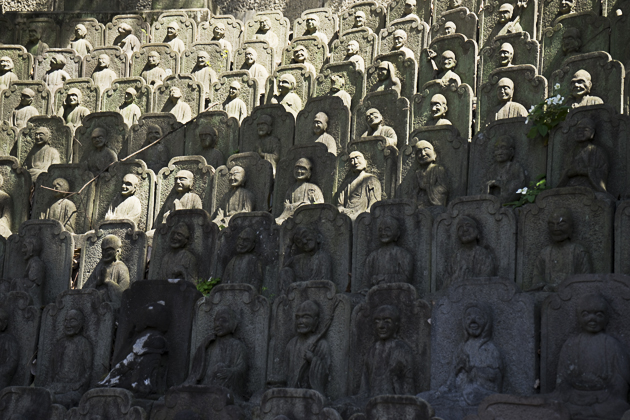
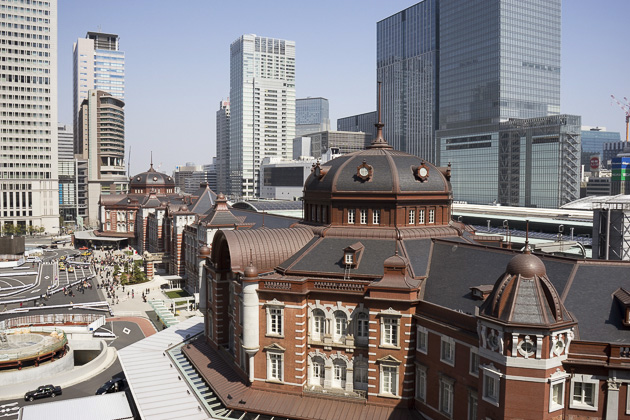
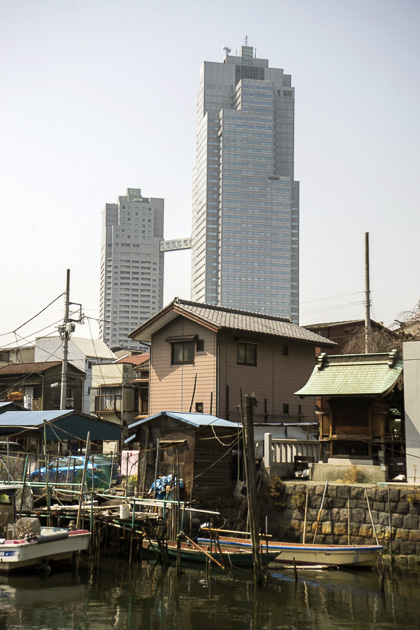

Great post and resource on Ryogoku – love the belly rub… the one shiny spot. 😀
Having lived in Japan, not too far from Tokyo in fact, for two years from 2001, I’m really enjoying your blogging from there. The old and new, the contrasts… you capture it well in words and even better in some of your photography. I look forward to hearing about your experience with the sumo tournament upcoming; I became quite the fan during my years there.